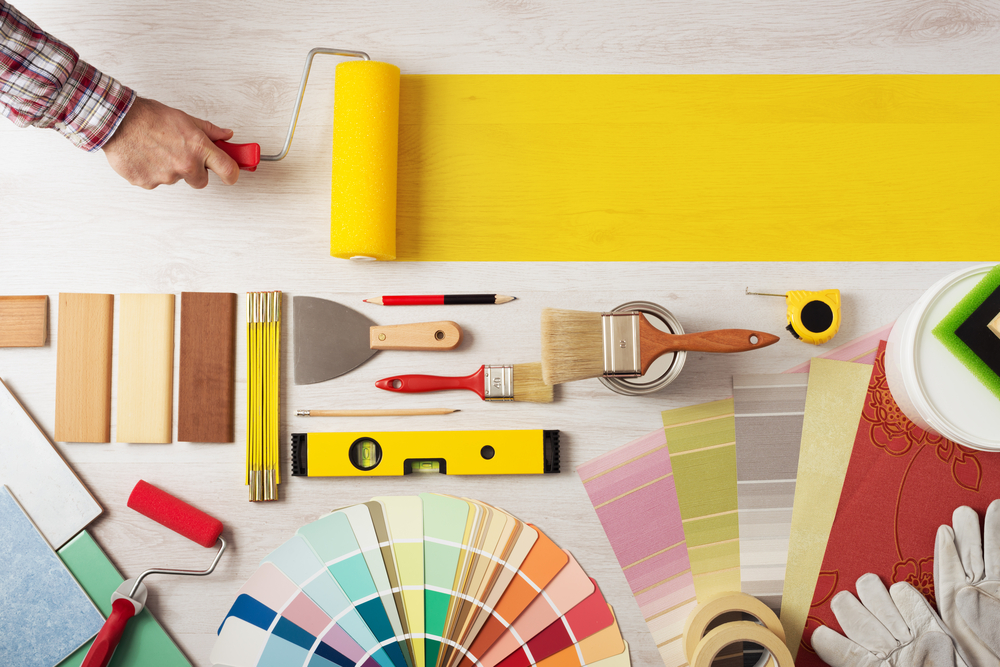Every now and then, we need a little help with our interior décor. Maybe we’ve hit a design brick wall and start to doubt our own decisions and ideas. It is possible to overthink such things but how do we overcome this creative block? Our lives change over time and our interior design should be as fluid as our lives are. Sometimes a change is as good as a rest, they say so here are some useful interior design tricks of the trade to get you back on track:
#1 Colors First
Before you begin hitting the stores, think about creating your ideal color palette. It doesn’t have to be intricate and over-complicated but just a basic feel for your favorite shades and what colors you might want in each room of the house? This is easiest way to transition yourself into a whole house makeover. One designer’s rule you might want to follow is to think of the 60:30:10 color scheme. 60% of a room should be a dominant color, 30% a secondary color and 10% an accent color.
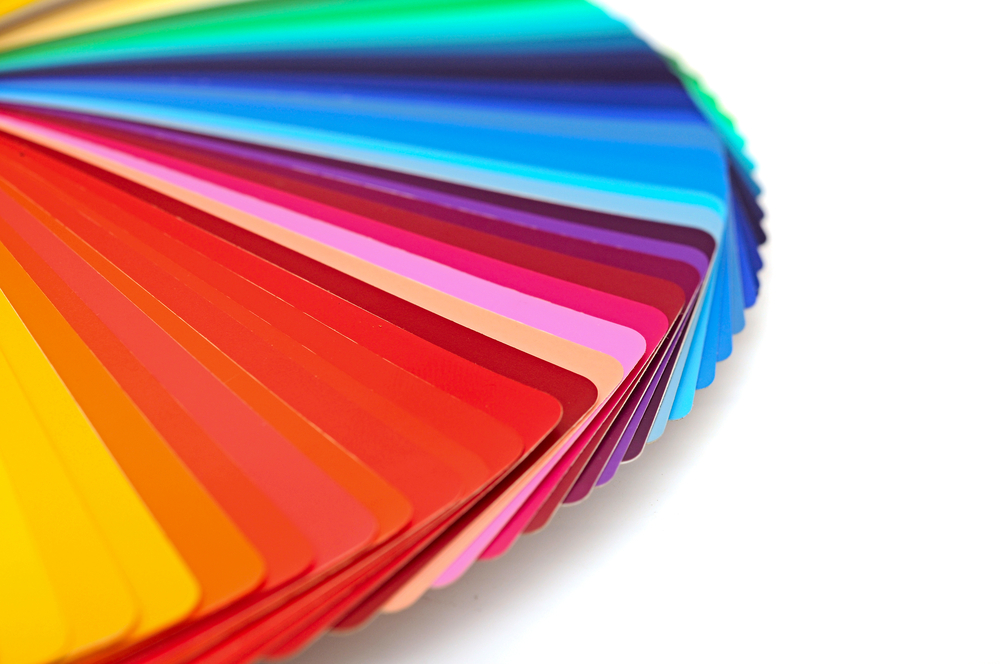
#2 Don’t Forget the Windows
The placement and style of furniture and accessories often becomes the main focus of a room transformation but neglecting windows is to miss a fantastic opportunity to make a design statement and add the finishing touches. Natural light and heaps of it is the ideal that most people are seeking so it pays to keep window dressing sheer or white but if you want to add a twist you could paint the window trims.
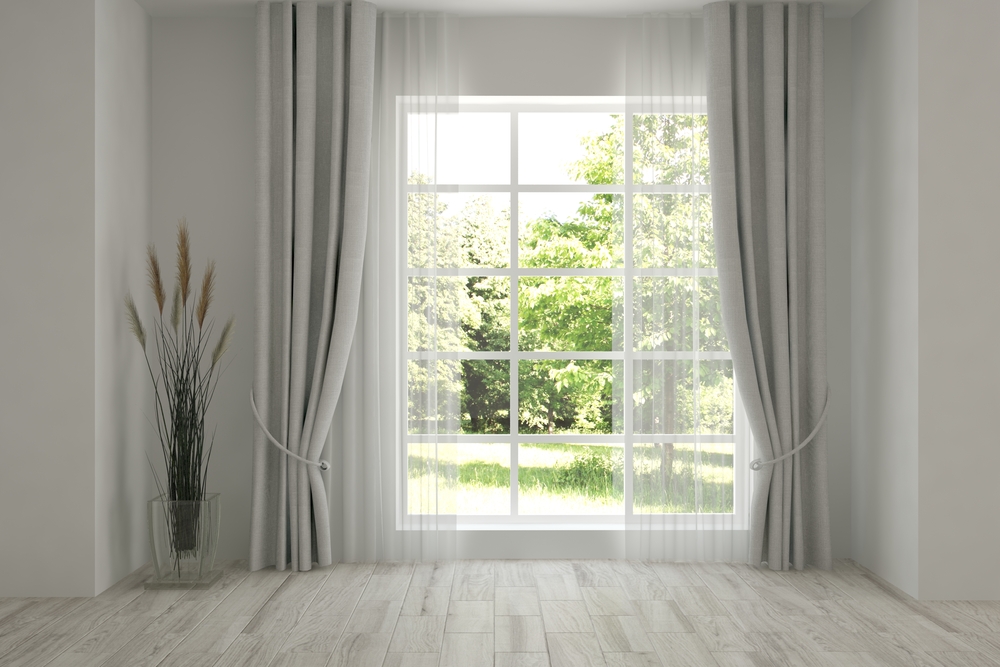
#3 Neutral is OK
If you simply love the idea of a neutral canvas from which to add splashes of color with accessories, then it doesn’t have to look bland. Make things more interesting by adding great textures with various different materials. You can introduce thick velvets, silk, taffeta or linen to create a layered feel to add texture to a room. Also incorporating a mix of matte fabrics and sheens will create different layers of light around the room.
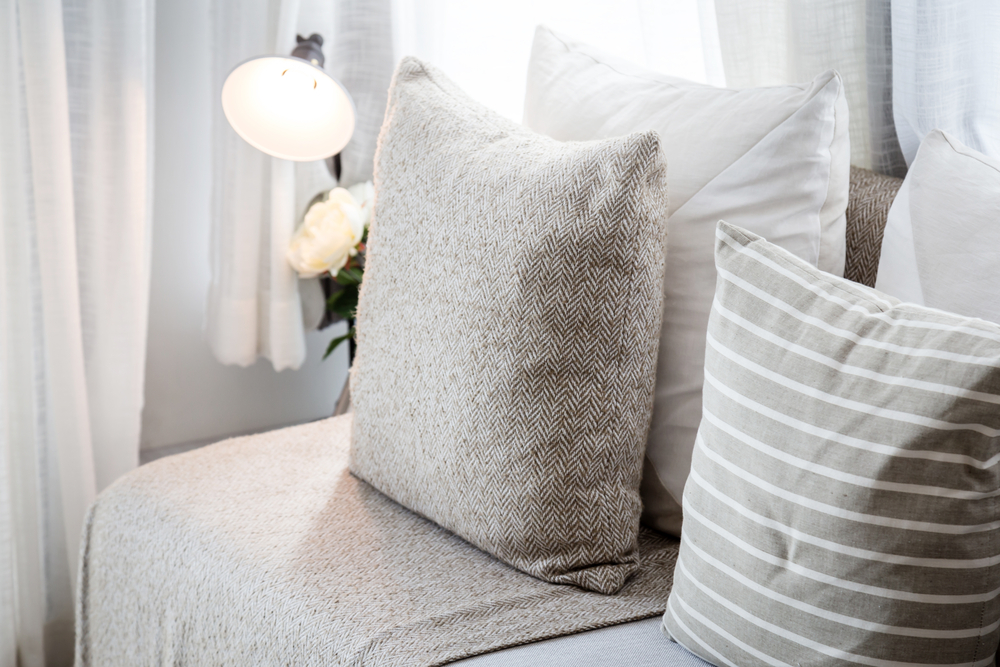
#4 Look Up!
The ceilings often get overlooked when it comes to makeovers but a ceiling can play an important role in the ambience of a room. Painting the ceiling a lighter shade of the same color as the walls gives an impression of increased light and brightness. This is especially useful if you have floor to ceiling cabinets in the kitchen or many bookcases for example. If you want to go dark on the walls, you could consider silver or gold paint for the ceiling which reflects light brilliantly, adds depth to the room and will certainly be a talking point.

#5 Mirror, Mirror on the Wall
The secret to great mirror placement is thinking about what they will reflect. Hanging at a comfortable height is also important and around 57 inches is judged to be an easy eye-level position. If you want to make a space appear bigger than it is then you can create this illusion by hanging mirrors opposite windows for bouncing the light back around the room. You can use a large mirror in a small room as this will add depth to the space.
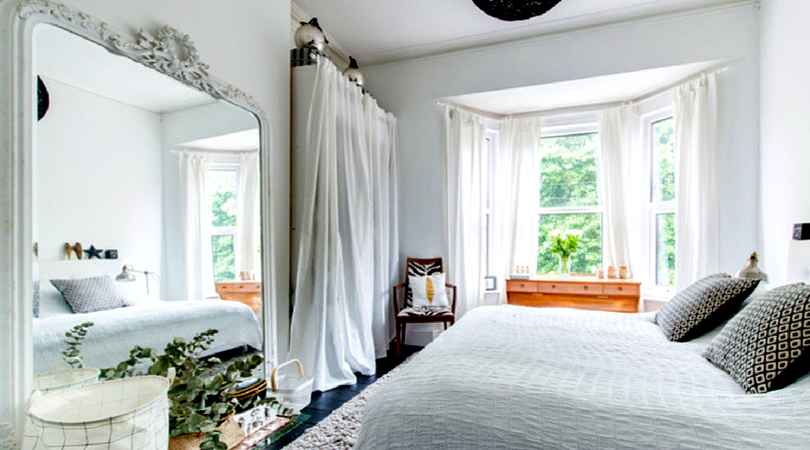
#6 Furniture Placement
To get maximum floor space, one mistake that many people make is to push furniture up against walls. This is a big design no-no. It can be tricky in small spaces but pulling furniture off the walls is better for creating a more sociable and intimate living space. This is particularly important in the living room or other family rooms, where modern digital distractions mean that people don’t talk each other as much anymore. Pull the furniture a little closer and create a cozy conversation space.
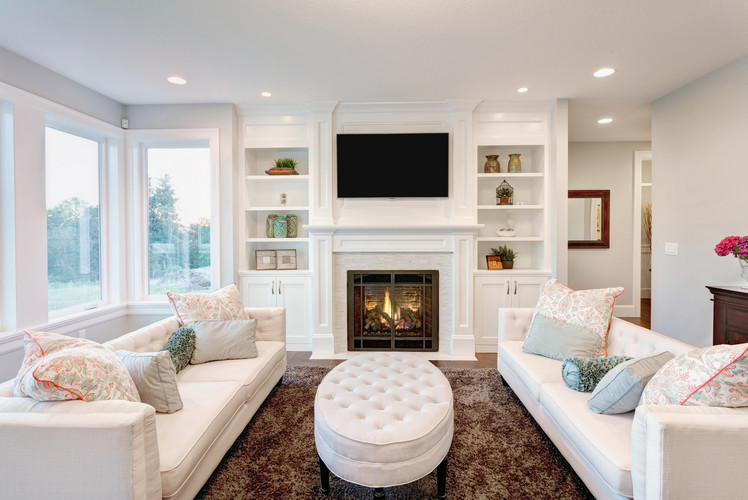
#7 Break the Rules
It’s too easy to get hung up on the do’s and don’ts of interior design. Don’t forget to have fun with it, it’s your home so do what makes you happy. Making décor decisions should be more fun and we all know that rules are made to be broken so if you think something looks amazing, do it. It’s exciting to try out new stuff too and experiment with different ideas, textures, colors and patterns. Remember that design doesn’t have to be permanent, so if you change your mind or outgrow something, you can keep changing as often as you like.
